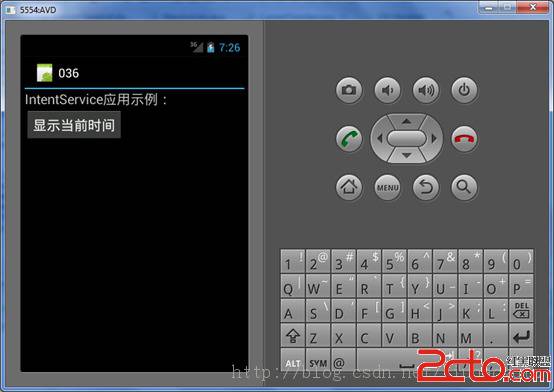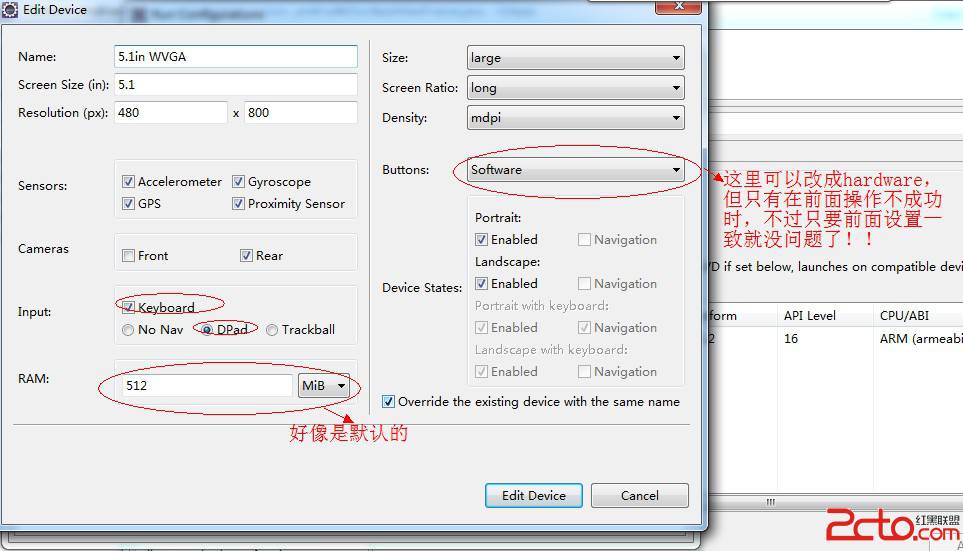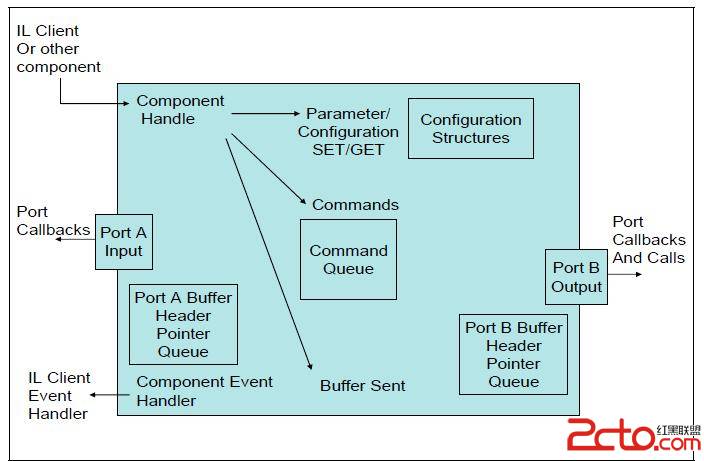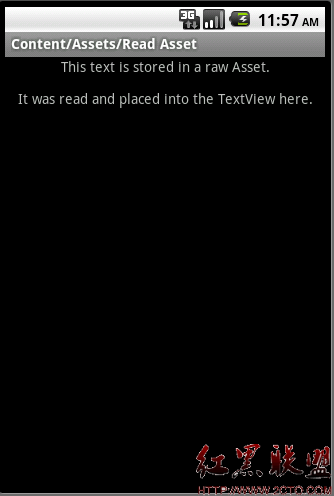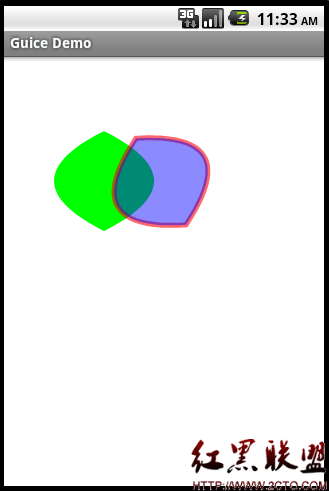Android中View绘制优化二一---- 使用<include />标签复用布局文件
使用<include />标签复用布局文件
尽管Android通过内置了各种各样的控件提供了微小、可复用的交互性元素,也许你需要复用较大的
组件 ---- 某些特定布局文件 。为了更有效率复用的布局文件,你可以使用<include />以及<merge />
标签将其他的布局文件加入到当前的布局文件中。
复用布局文件是一种特别强大的方法,它允许你创建可复用性的布局文件。例如,一个包含“Yse”or“No”的
Button面版,或者是带有文字说明的 Progressbar。复用布局文件同样意味着你应用程序里的任何元素都能从
繁杂的布局文件提取出来进行单独管理,接着你需要做的只是加入这些独立的布局文件(因为他们都是可复用地)。
因此,当你通过自定义View创建独立的UI组件时,你可以复用布局文件让事情变得更简单。
1、创建一个可复用性的布局文件
如果你已经知道复用布局的”面貌”,那么创建、定义布局文件( 命名以”.xml”为后缀)。例如,这里是一个来自
G- Kenya codelab 的布局文件,定义了在每个Activity中都要使用的一个自定义标题 (titlebar.xml):由于这些
可复用性布局被添加至其他布局文件中,因此,它的每个根视图(root View)最好是精确(exactly)的。
2、使用<include />标签
在需要添加这些布局的地方,使用<include />标签 。 例如,下面是一个来自G-Kenya codelab的布局文件,
它复用了上面列出的“title bar”文件, 该布局文件如下:
[java]
<FrameLayout xmlns:android="http://schemas.android.com/apk/res/android"
android:layout_width=”match_parent”
android:layout_height="wrap_content"
android:background="@color/titlebar_bg">
<ImageView android:layout_width="wrap_content"
android:layout_height="wrap_content"
android:src="@drawable/gafricalogo" />
</FrameLayout>
<FrameLayout xmlns:android="http://schemas.android.com/apk/res/android"
android:layout_width=”match_parent”
android:layout_height="wrap_content"
android:background="@color/titlebar_bg">
<ImageView android:layout_width="wrap_content"
android:layout_height="wrap_content"
android:src="@drawable/gafricalogo" />
</FrameLayout>
你也可以在<include />节点中为被添加的布局文件的root View定义特别标识,重写所有layout参数即可(任何
以“android:layout_”为前缀的属性)。例如:
[java]
<LinearLayout xmlns:android="http://schemas.android.com/apk/res/android"
android:orientation="vertical"
android:layout_width=”match_parent”
android:layout_height=”match_parent”
android:background="@color/app_bg"
android:gravity="center_horizontal">
<include layout="@layout/titlebar"/>
<TextView android:layout_width=”match_parent”
android:layout_height="wrap_content"
android:text="@string/hello"
android:padding="10dp" />
...
</LinearLayout>
<LinearLayout xmlns:android="http://schemas.android.com/apk/res/android"
android:orientation="vertical"
android:layout_width=”match_parent”
android:layout_height=”match_parent”
android:background="@color/app_bg"
android:gravity="center_horizontal">
<include layout="@layout/titlebar"/>
<TextView android:layout_width=”match_parent”
android:layout_height="wrap_content"
android:text="@string/hello"
android:padding="10dp" />
...
</LinearLayout>
3、使用<merge />标签
当在布局文件中复用另外的布局时, <merge />标签能够在布局层次消除多余的视图元素。例如,如果你的
主布局文件是一个垂直地包含两个View的LinearLayout,该布局能够复用在其他布局中,而对任意包含两个View的
布局文件都需要一个root View(否则, 编译器会提示错误)。然而,在该可复用性布局中添加一个LinearLayout
作为root View,将会导致一个垂直的LinearLayout包含另外的垂直LinearLayout。内嵌地LinearLayout只能减缓
UI效率,其他毫无用处可言。
该复用性布局利用.xml呈现如下:
[java]
<LinearLayout xmlns:android="http://schemas.android.com/apk/res/android"
android:orientation="vertical"
android:layout_width=”match_parent”
android:layout_height=”match_parent”
android:background="@color/app_bg"
android:gravity="horizontal">
<Button
android:layout_width="fill_parent"
android:layout_height="wrap_content"
android:text="@string/add"/>
<Button
android:layout_width="fill_parent"
android:layout_height="wrap_content"
android:text="@string/delete"/>
</LinearLayout>
<LinearLayout xmlns:android="http://schemas.android.com/apk/res/android"
an
补充:移动开发 , Android ,